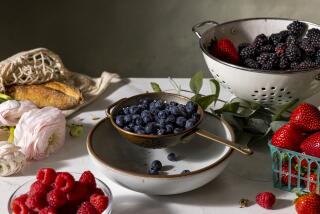4 tips to make your marmalade great
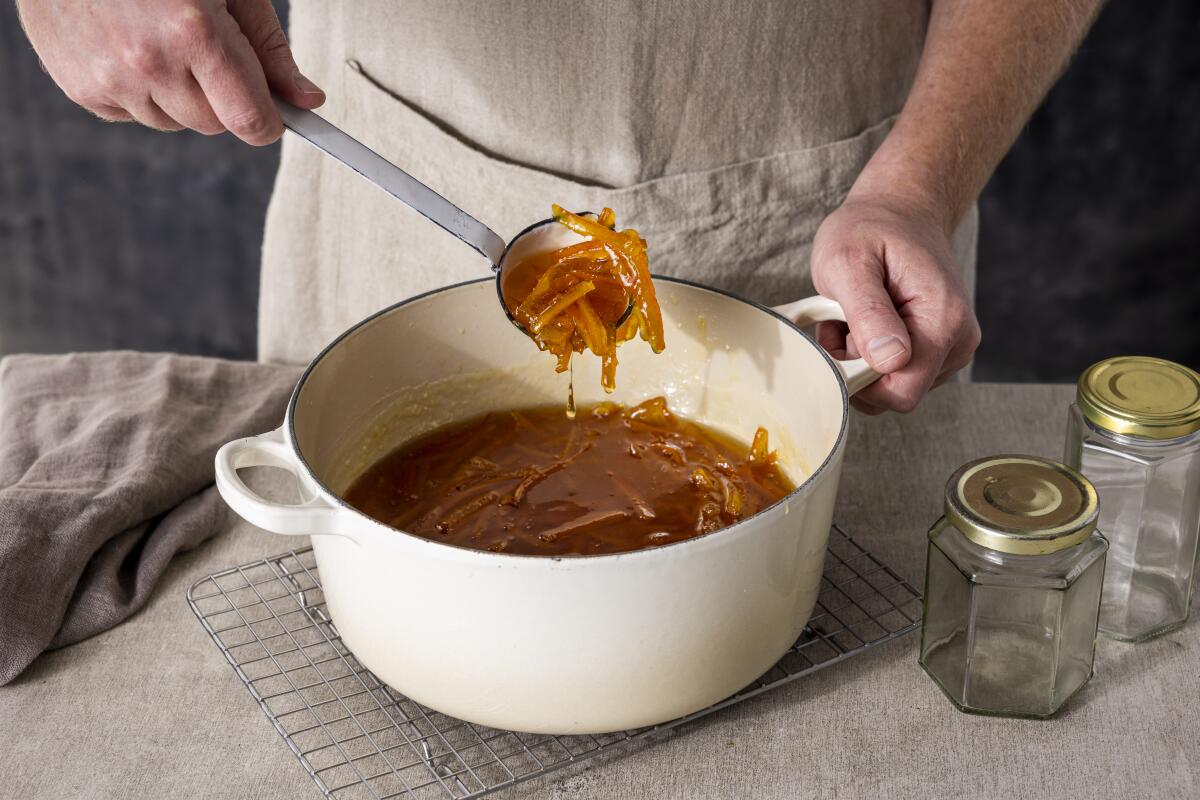
This story is a component of the feature “Seasons of Preserves: Citrus Marmalade,” which is part of a four-part series on preserving fruit at home called “L.A. in a Jar.”
There are four key steps in the marmalade-making process that you want to get right. Here they are:
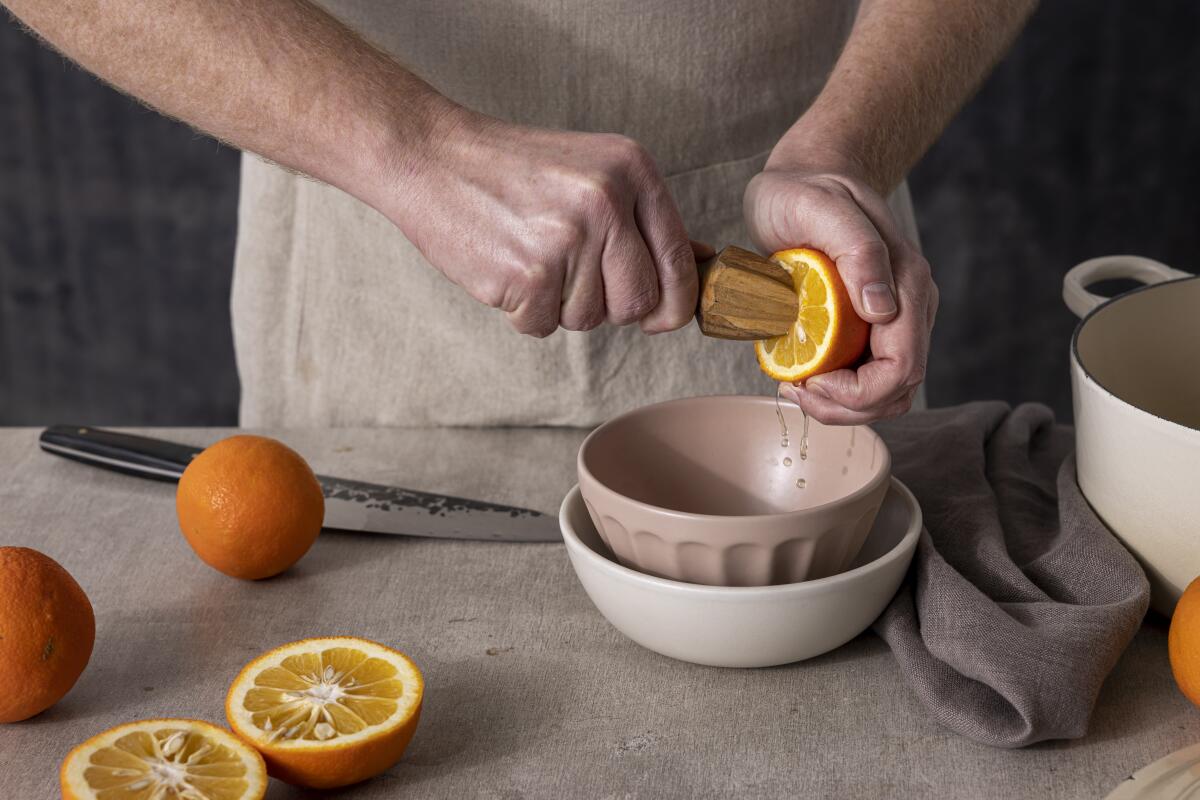
Juice the fruit: Before boiling the peels to yield tender pieces to make the marmalade, you must juice the fruit. This both preserves some brightness in the marmalade (since you’ll add the juice to it during the final cooking stage) and exposes the peels to the cooking liquid, which draws out more pectin, the natural thickening agent that gives marmalade its characteristic jellied texture.
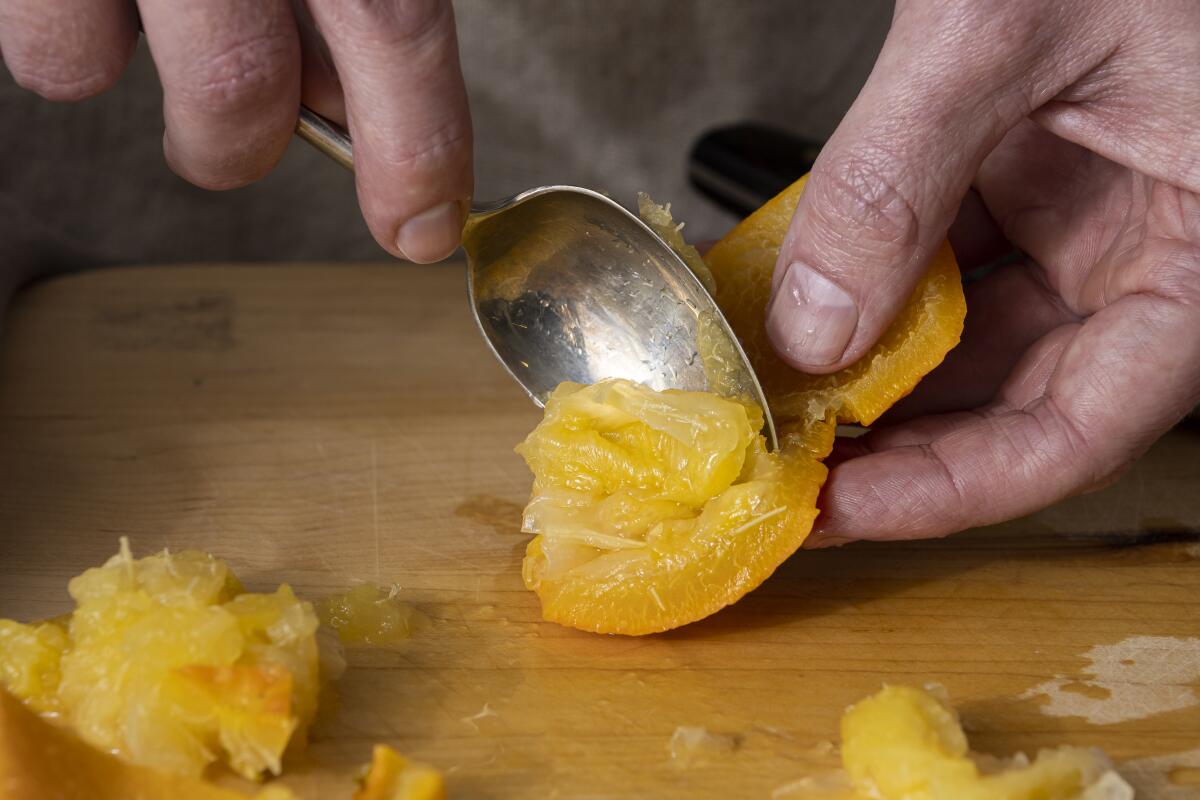
Scrape the peels: Once the peels are tender, you want to scrape away all the membranes and hair-like fibers so that the slices are neat and clean and so those pieces don’t make it into the marmalade, where they can muddy its appearance and be a pain to eat.
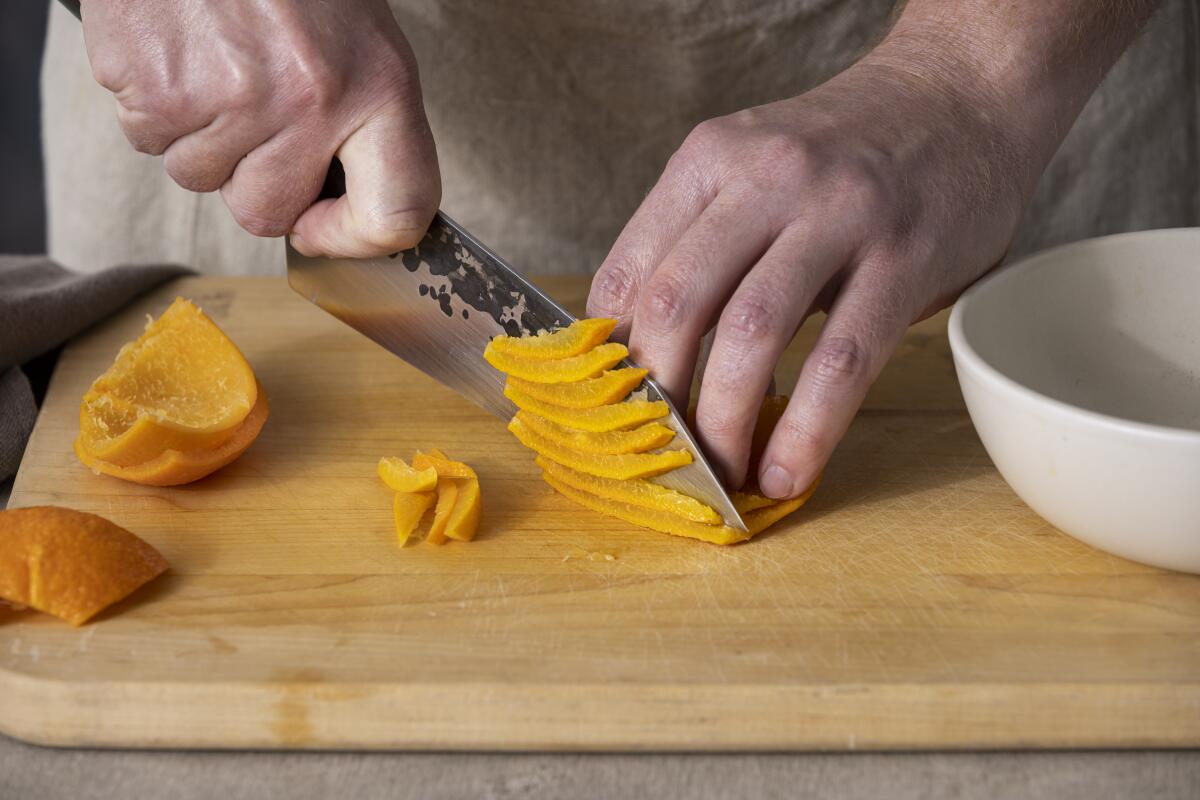
Slice the peels: One could feasibly make marmalade with giant chunks of peels, but why would you? You want pieces that are small enough to fit in the jar and on whatever food you’re eating. Some people like to cut peels into small squares, while I like thin strips. If you like large pieces to chew on, go with that. If not, you can also finely mince the peels to give the marmalade a more jam-like quality.
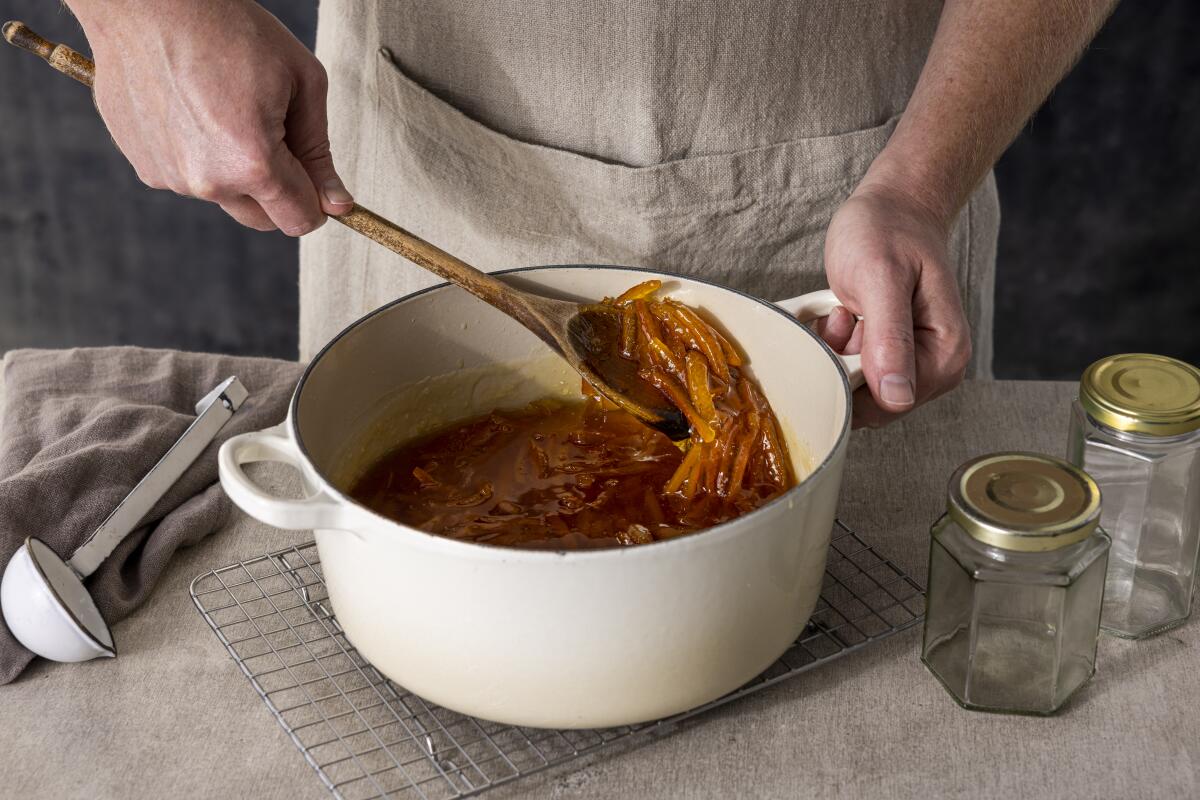
Let the peels settle: Because marmalade is basically pieces of rind mixed into a clear jelly, you want to ensure there’s a proportional mix in each jar when you’re done. To help with that, let the marmalade sit for 5 minutes off the heat once it’s ready. This allows the jelly to settle ever so slightly and for the peels to become suspended in the jelly enough that they don’t separate too easily. That way, all your jars will have plenty of peel and plenty of jelly in even proportions.
More to Read
Eat your way across L.A.
Get our weekly Tasting Notes newsletter for reviews, news and more.
You may occasionally receive promotional content from the Los Angeles Times.


